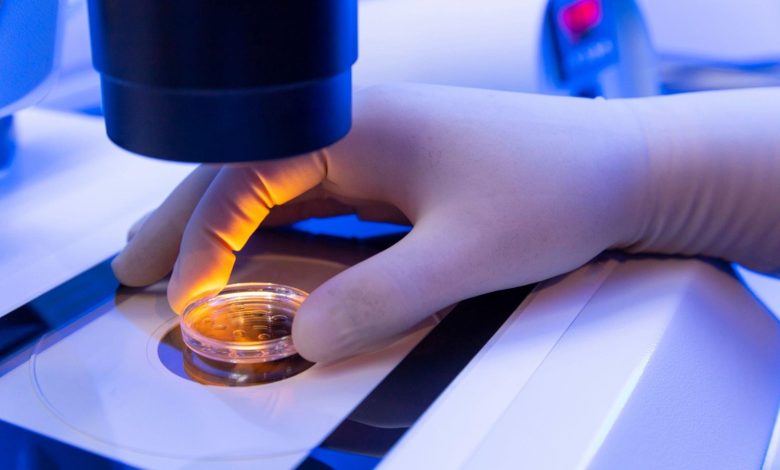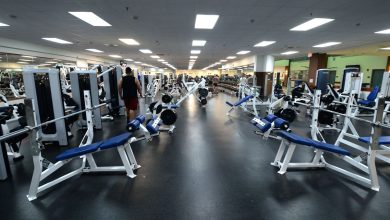Laser Assisted Hatching: Oasis Fertility

An in vitro fertilization (IVF) treatment can frequently create several embryos during the fertilization process. Some couples choose to cryopreserve embryos that do not implant in the uterus during a particular cycle in the hopes of using them later. This preservation method involves a series of freezing and thawing cycles, the consequences of which might interfere with the normal process of blastocyst hatching. LAH is a laboratory method that loosens a blastocyst within the outer shell, permitting it to implant effectively once placed on the uterine lining.
By generating an opening, laser-assisted Hatching can make it simpler for the embryo to “hatch” or break through its outer layer or “shell” (a membrane also known as the zona pellucida). This layer can sometimes become excessively thick and solid, with the freezing and thawing process as a contributing element. The easier the embryo hatches, the higher its chances of adhering or implanting into the uterine wall.
Pregnancy cannot occur unless the embryo hatches and implants, and laser-assisted hatching can help with both phases.
Treatment Method:
Under a microscope, an embryologist sends a short, intense laser beam to create a crack in the shell through which the embryo can emerge. The embryo is then returned to the patient’s uterus to connect to the lining and continue to develop. This is often performed for three days following fertilization during an IVF or Intracytoplasmic Sperm Injection (ICSI) cycle when the embryo has begun to cleave (divide). It simply takes a few seconds and causes no harm to the embryo.
Who Should Use Assisted Hatching?
Any patient can benefit from laser-assisted Hatching, but those who are most likely to benefit are those who:
- Over the age of 37.
- Early in their cycle, they produce a high dose of Follicle Stimulating Hormone (FSH).
- Have experienced failed IVF cycles.
- Have a proclivity to form a tougher and thicker zona pellucida.
Does assisted Hatching increase the chances of pregnancy?
Studies suggest that assisted Hatching might help improve pregnancy chances for certain groups of patients. Assisted Hatching may help improve pregnancy chances in women who have failed to get pregnant in previous IVF cycles and those with a poor prognosis (who are not likely to conceive).
Does LAH improve the success rate of IVF?
It is feasible to achieve successful implantation and pregnancy by employing lasers throughout the hatching process. If IVF fails, assisted Hatching may help you get pregnant. Nonetheless, a fertility specialist from Oasis Fertility Vijayawada will assist you in making the best selection.
The Benefits of Laser-Assisted Hatching:
A laser is better than other types of aided Hatching (chemical and manual) for several reasons:
- The embryo is handled as little as possible.
- Control over the drilling of the shell opening is quick and precise.
- It is soft and harmless, causing no harm to the embryo.
- Patients have a wide range of options given under clinical supervision depending on their specific circumstances.
Cryopreservation is an innovative method that can keep your embryos alive for up to a decade. However, the process’s effectiveness depends on how effectively the embryos are stored and thawed. Because assisted Hatching may micro-manipulate an embryo, you can make the most of cryopreservation. If the shell that houses the embryo is not treated correctly, it may be damaged.
How does Laser-Assisted Hatching work?
Laser-assisted hatching (LAH) is a two-step process following the recovery of cryopreserved embryos.
-
Pulsing of light
Each embryo undergoes the hatching process separately. First, the embryo is framed by a luminous circle representing the perimeter of the laser beam. The laser then begins pulsating around the circle, seeking to disintegrate a section of the embryonic shell. The procedure is carried out carefully to avoid transferring heat from the laser to the embryo’s cells.
-
Implantation
Your embryologist will select up to two embryos for implantation within the uterus. The embryo will deposit itself in the uterine lining during the next few days.
Conclusion:
With the introduction of the laser, precise approaches for manipulating embryos for better fertility have been developed and are put into use in the best IVF center in Vijayawada After embryo transfer, assisted Hatching is utilized to help the embryo hatch from its outer shell, and the zona pellucida, and encourage implantation in the uterine wall. Laser-assisted Hatching (LAH) removes the zona pellucida using a highly concentrated infrared laser beam. Other aided hatching procedures need more handling of the embryo than laser-assisted Hatching. Furthermore, laser-assisted Hatching is faster than other procedures, so the embryo spends less time outside the incubator.




